Lots of passifloras
plantsofheaven
17 years ago
Related Stories
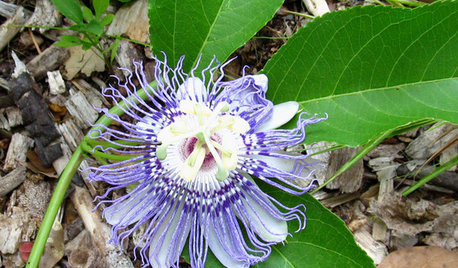
GARDENING GUIDESGreat Design Plant: Passiflora Incarnata
Enjoy the amazing flowers and edible fruit of U.S. native Passiflora incarnata (also known as maypop) — the butterflies sure do
Full Story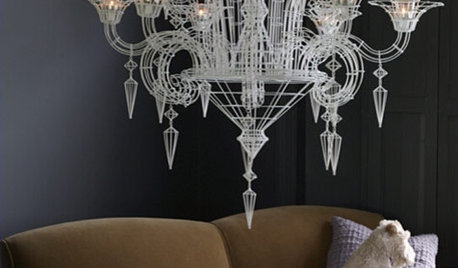
LIGHTING10 Chandeliers for People Who Don't Like Chandeliers
Get all the chandelier benefits without channeling Liberace, thanks to wood, paper, wire — and even a surprising old-fashioned staple
Full Story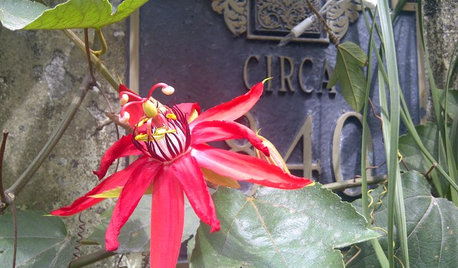
FLOWERS5 Sensational Flowering Vines for Warm Climates
Splash your garden with bright tropical color from late summer through fall with these showy trailing and climbing beauties
Full Story
LANDSCAPE DESIGNThe 7 Best Plant Types for Creating Privacy and How to Use Them
Follow these tips for using different kinds of plants as living privacy screens
Full Story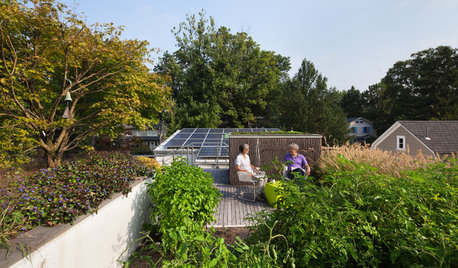
GREEN BUILDINGHouzz Tour: An Innovative Home Shows What It’s Made Of
Homeowners design their Washington, D.C., residence with sustainability in mind and to accommodate them as they get older
Full Story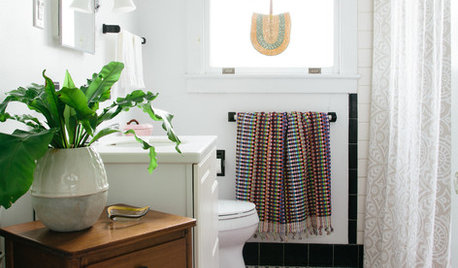
CONTAINER GARDENSFreshen Up the Bath With Lush and Healthy Plants
Learn how to choose and care for plants that will do well in your space
Full Story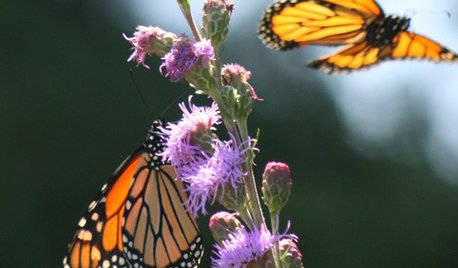
GARDENING GUIDESGreat Design Plant: Meadow Blazing Star (Liatris Ligulistylis)
Make fast friends with the monarch butterflies and get a color show too with this adaptable U.S. Midwest native
Full Story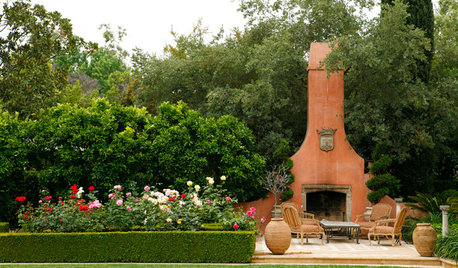
LANDSCAPE DESIGNMake Your Roses Even More Beautiful With These Companion Plants
Nourish your rosebushes and create a visual feast with these 7 classic and unexpected plant pairings
Full Story
LANDSCAPE DESIGNSee 5 Unexpected Ways to Use Vines
Vines can grow over slopes, trail off pergolas and add seasonal color to the garden
Full StorySponsored
Columbus Area's Luxury Design Build Firm | 17x Best of Houzz Winner!






jblaschke
plantsofheavenOriginal Author
Related Professionals
Allen Landscape Architects & Landscape Designers · Canton Landscape Architects & Landscape Designers · Carlisle Landscape Architects & Landscape Designers · Wrentham Landscape Architects & Landscape Designers · Arlington Landscape Contractors · Concord Landscape Contractors · Battle Ground Landscape Contractors · Lantana Landscape Contractors · Maywood Landscape Contractors · Mission Landscape Contractors · Pine Hills Landscape Contractors · Barrington Driveway Installation & Maintenance · Middle Island Driveway Installation & Maintenance · Bell General Contractors · Lake Forest Park General Contractorsjblaschke
plantsofheavenOriginal Author
jblaschke